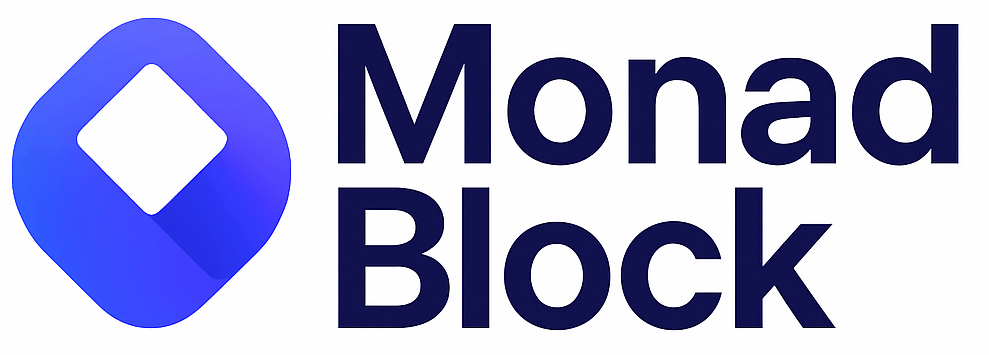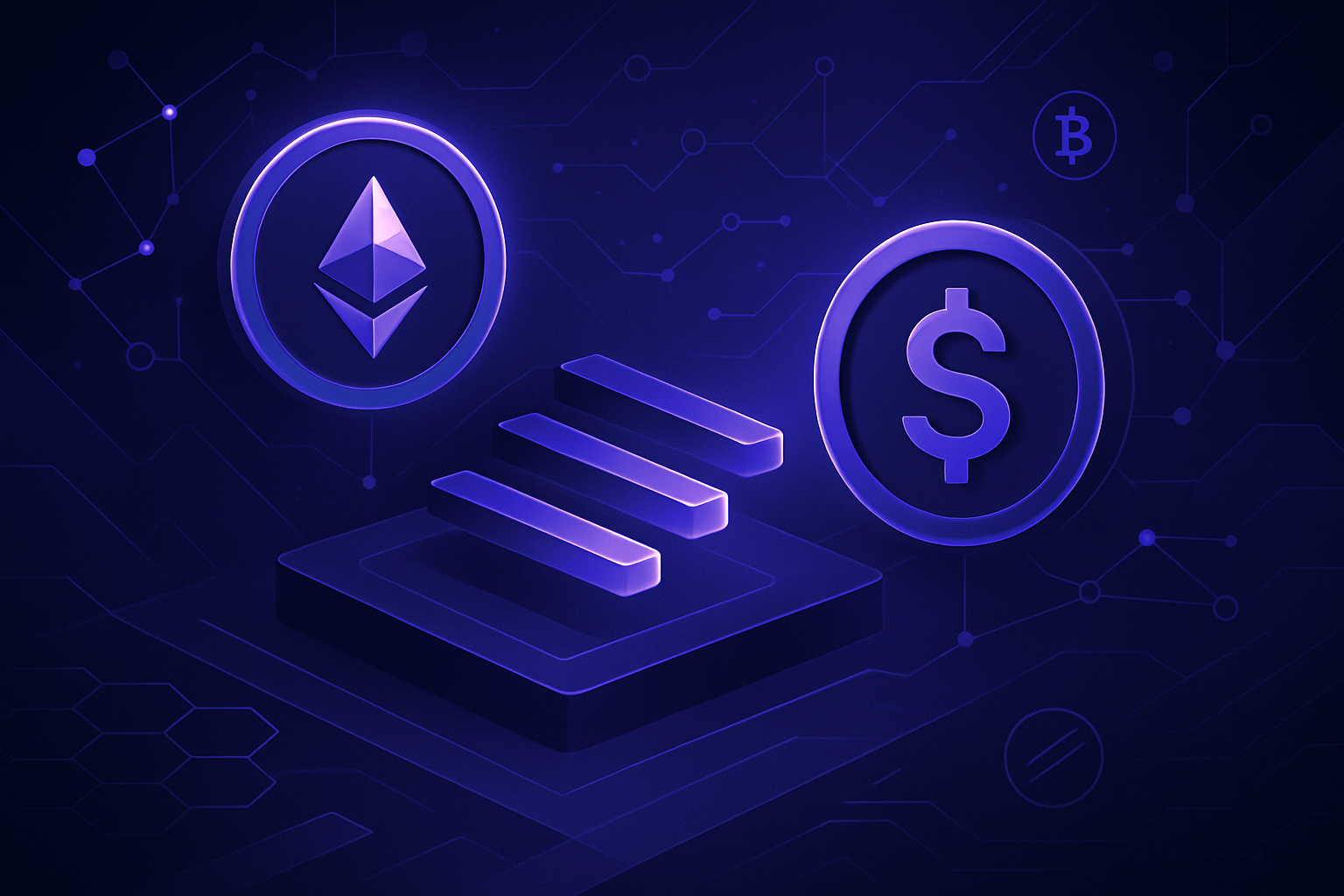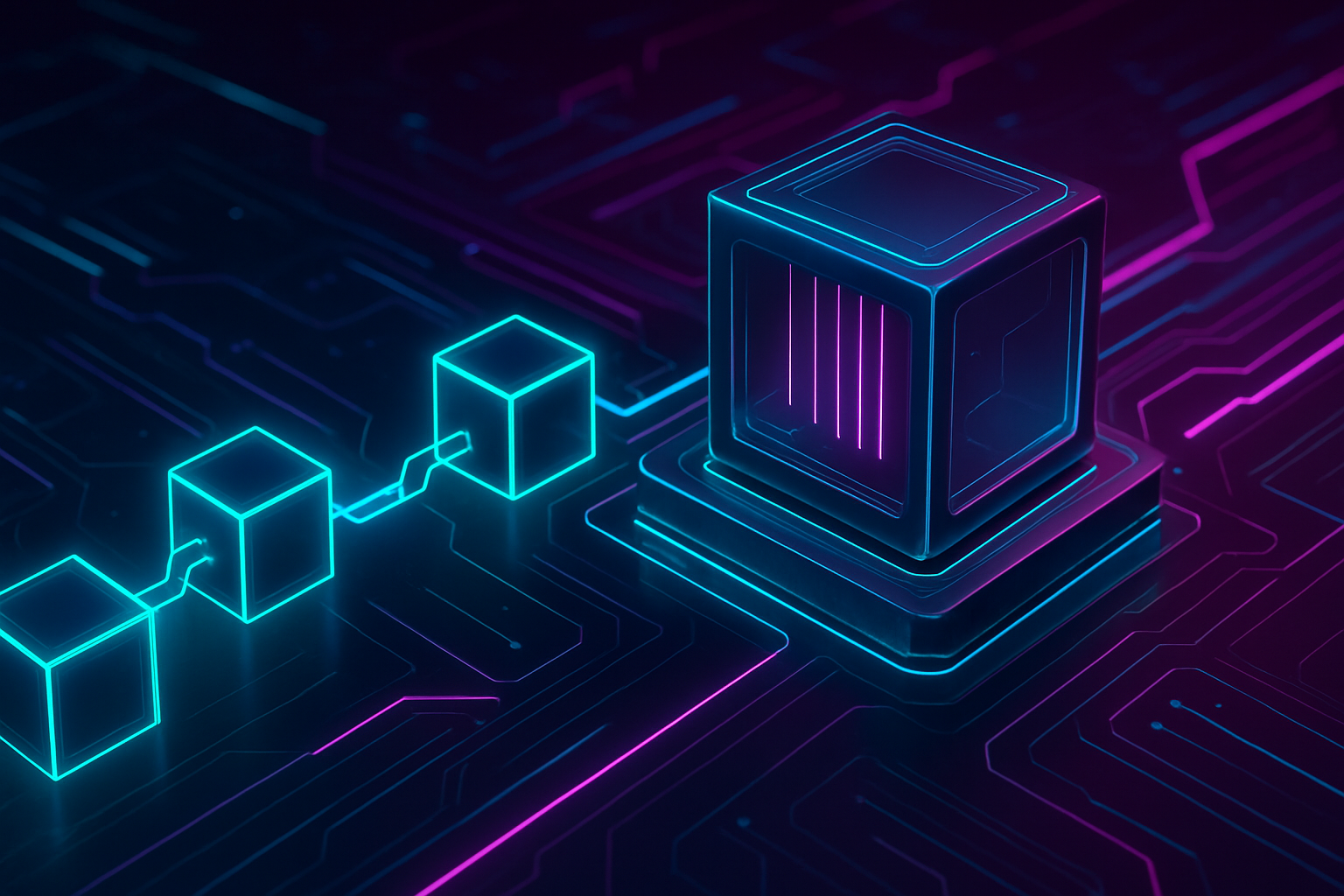
When it comes to scaling decentralized applications, speed and efficiency are everything. For years, Ethereum developers have been bumping up against the hard limits of sequential EVM execution, where every transaction waits its turn in line. Monad, a new high-performance Layer 1 blockchain, is changing that narrative by introducing true EVM parallelization, unlocking a new era of dApp scalability and performance.
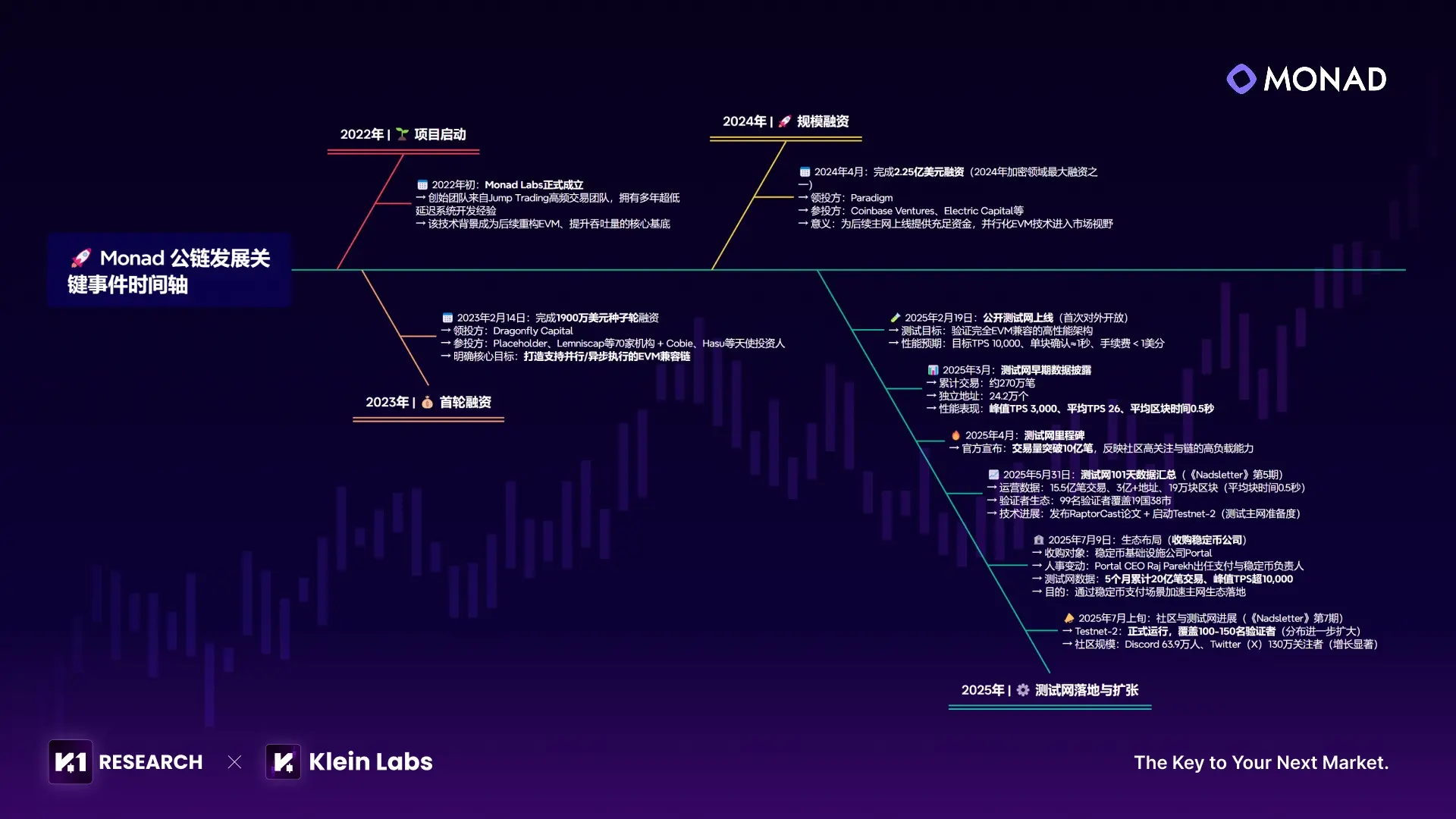
Why Sequential EVMs Hold Back dApp Innovation
Let’s start with the problem. Traditional Ethereum Virtual Machine (EVM) chains execute transactions one after another. This approach guarantees deterministic results but creates a bottleneck: no matter how powerful your hardware, you’re limited by the speed of single-threaded execution. As dApps grow more complex and user bases expand, this bottleneck translates into network congestion, higher fees, and sluggish user experiences.
Developers have tried to work around these limitations with Layer 2 solutions and sidechains. But these approaches often introduce trade-offs in security or require significant changes to existing codebases. What if you could run Ethereum-style apps at blazing speeds, without sacrificing compatibility or decentralization?
Monad’s Architecture: EVM Parallelization Without Compromise
This is where Monad steps in. By reimagining how consensus and execution interact, Monad delivers full EVM compatibility while dramatically increasing throughput and reducing latency. Let’s break down the core innovations powering this leap forward:
Monad’s Key Innovations for dApp Scalability
-
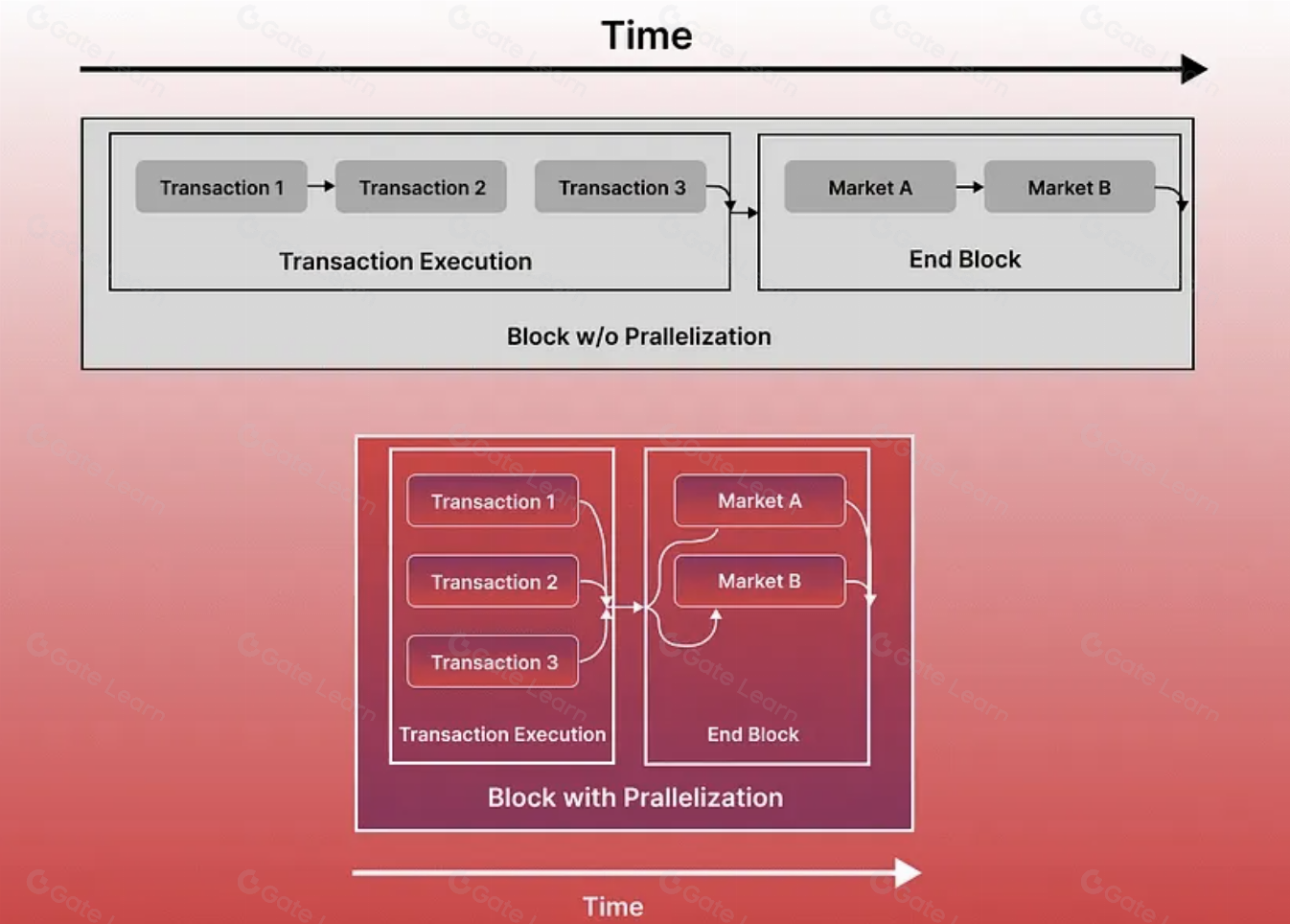
MonadBFT Consensus Mechanism: Monad introduces MonadBFT, a consensus protocol inspired by HotStuff, reducing block finalization rounds from three to two. This streamlines consensus, enabling faster transaction confirmations and improved network performance.
-
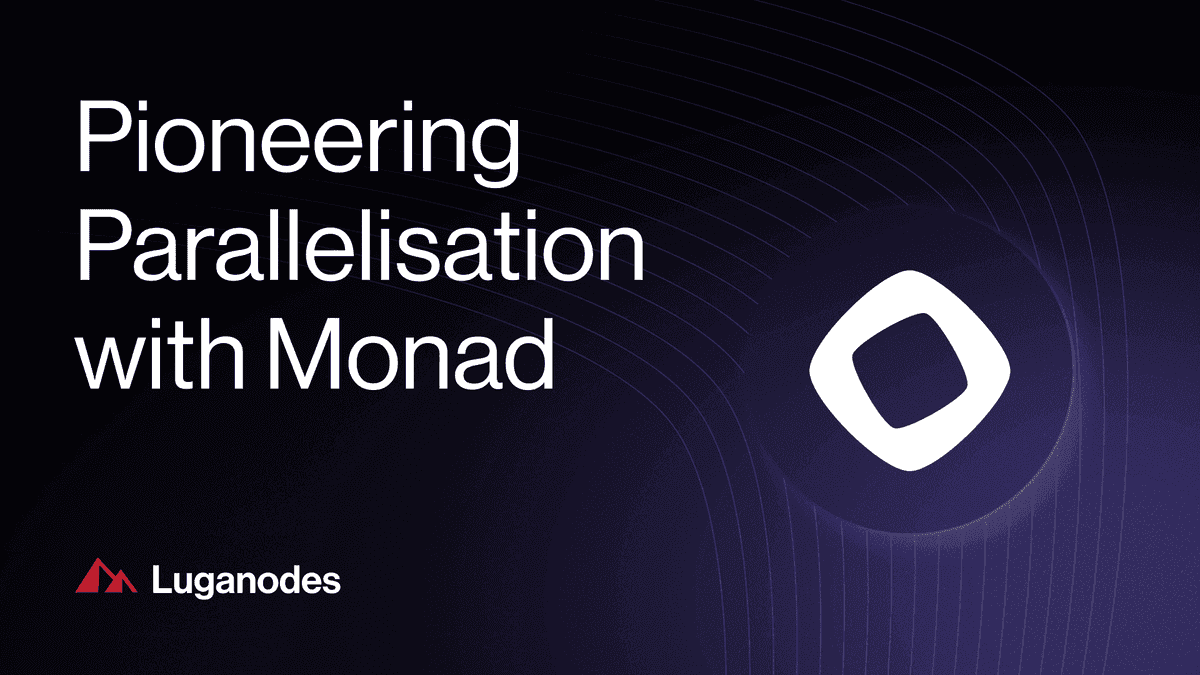
Deferred Execution Strategy: By decoupling transaction execution from consensus, Monad allows nodes to agree on transaction order first, then execute them independently. This separation reduces latency and boosts throughput for high-volume dApps.
-
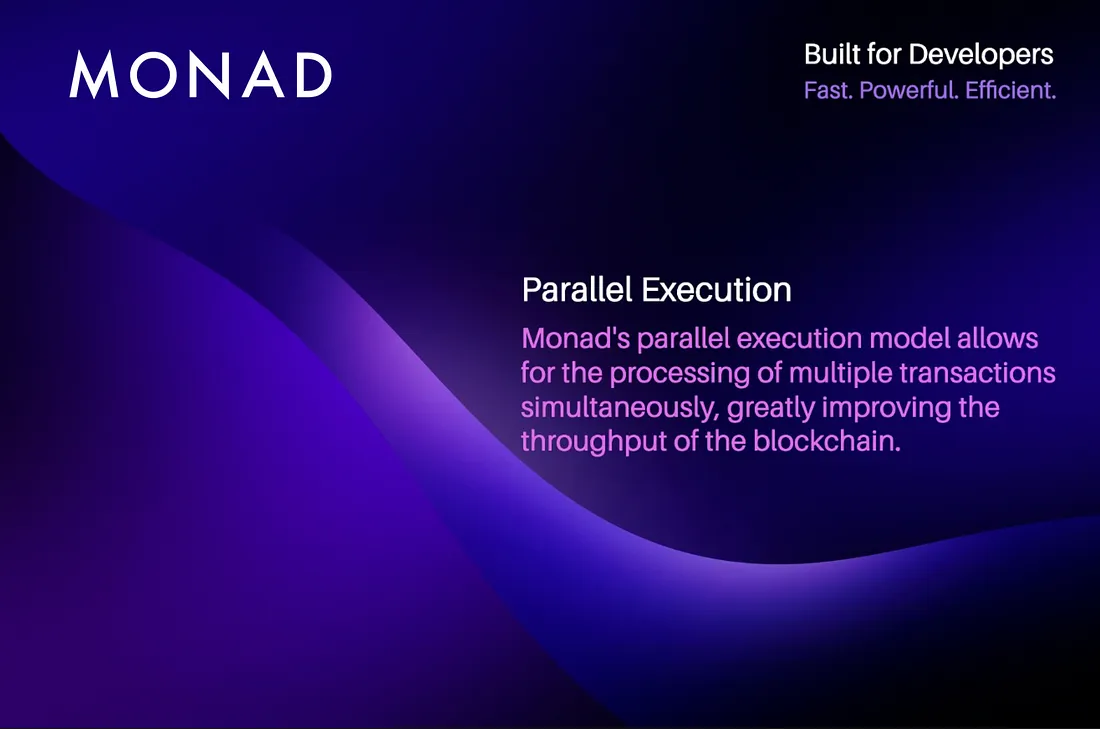
Optimistic Parallel Execution: Monad processes transactions in parallel, assuming no conflicts, and only re-executes conflicting transactions sequentially. This optimistic model maximizes throughput while ensuring correctness.
-

MonadDB Storage System: MonadDB is a custom database enabling asynchronous disk operations, letting multiple transactions read and write simultaneously. This solves traditional I/O bottlenecks and accelerates transaction processing.
- MonadBFT Consensus Mechanism: Inspired by HotStuff, MonadBFT reduces block finalization rounds from three to two. The result? Lightning-fast block confirmations without cutting corners on security or decentralization.
- Deferred Execution: Instead of executing transactions as they’re proposed, Monad first finalizes their order through consensus, then executes them independently. This decoupling slashes latency and boosts network capacity.
- Optimistic Parallel Execution: Transactions are processed in parallel under the assumption they won’t conflict; if conflicts arise, only those specific transactions are rerun sequentially for correctness.
- MonadDB Storage System: Custom-built for asynchronous disk operations, MonadDB enables multiple transactions to read/write state simultaneously, eliminating I/O bottlenecks that plague traditional blockchains.
If you want a technical deep dive into how these features come together under the hood, check out this comprehensive explanation on Monad’s official blog.
The Impact: Throughput That Changes the Game for dApps
The numbers speak for themselves: Monad achieves up to 10,000 transactions per second (TPS), with just 1-second block finality. For context, that’s orders of magnitude beyond what most EVM chains can deliver today, and it’s done without asking developers to rewrite their smart contracts or learn new tooling.
This isn’t just about raw speed; it’s about what’s now possible for builders:
- dApps can handle surges in user activity without lag or network slowdowns
- Complex DeFi protocols can scale without worrying about sequencer congestion or MEV attacks inherent to L2s
- NFT marketplaces can support real-time auctions and mass minting events with ease
EVM Compatibility Means Seamless Migration
The best part? Monad maintains full compatibility with existing Ethereum bytecode and RPC APIs. Developers can port their applications straight over, no major rewrites required. This lowers the barrier for adoption while future-proofing projects as demand grows.
For developers and enterprises, this compatibility means that the leap to Monad’s high-performance EVM chain is frictionless. Projects can leverage Monad’s parallel execution engine to unlock new levels of user experience, whether that means split-second DeFi trades, high-volume on-chain games, or social dApps with millions of daily users. The underlying infrastructure fades into the background, letting builders focus on features and growth rather than performance hacks or gas optimizations.
Monad in Action: Real-World dApp Advantages
Let’s get practical. What does Monad’s parallelized EVM look like when deployed in production? Here are several transformative benefits for dApp teams:
Real-World Benefits of Monad EVM Parallelization for dApps
-
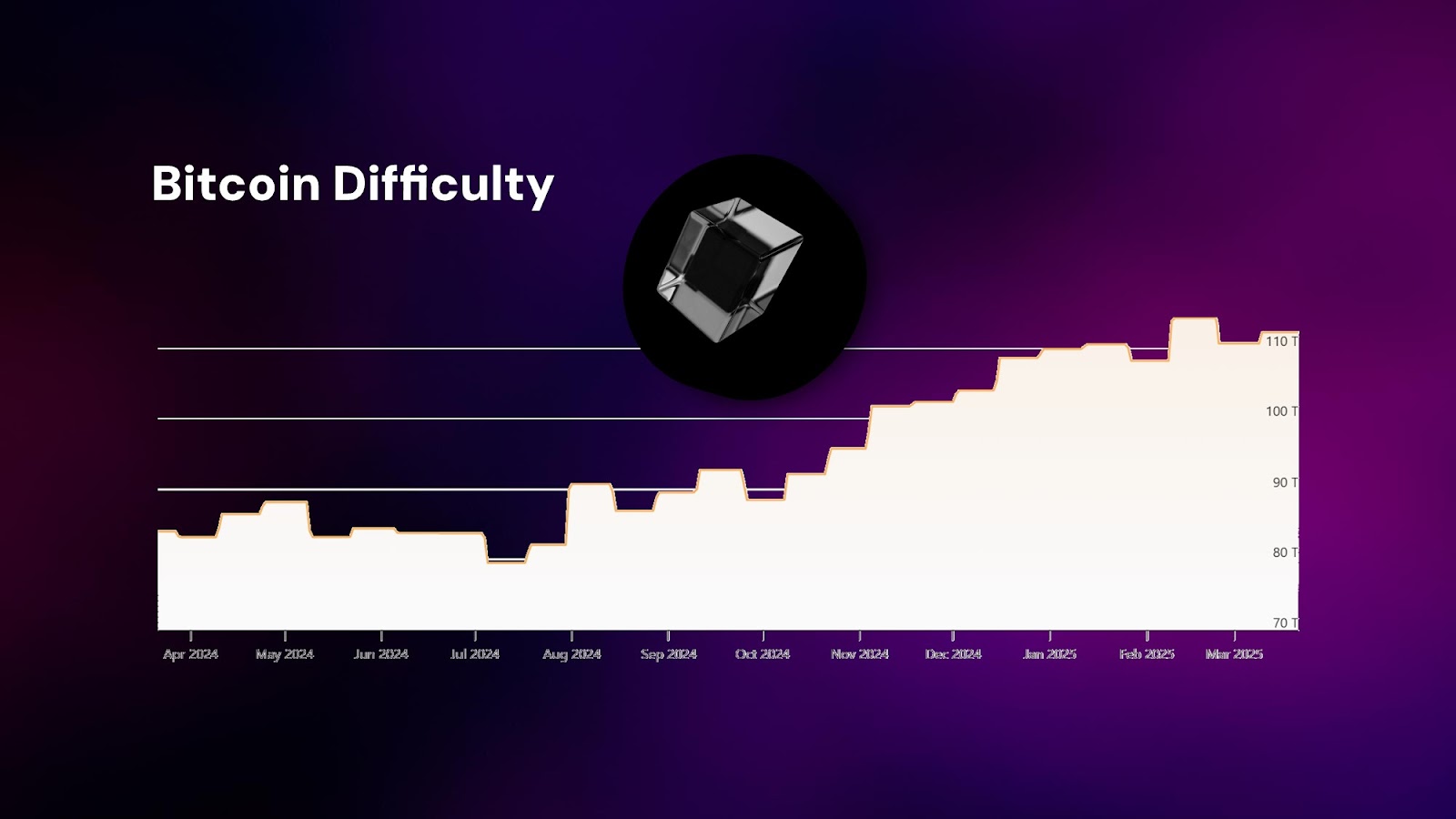
Massively Increased Throughput: Monad’s parallel execution enables dApps to process up to 10,000 transactions per second (TPS), far surpassing the capabilities of traditional EVM chains. This allows high-traffic dApps, such as decentralized exchanges and NFT marketplaces, to scale without bottlenecks.
-
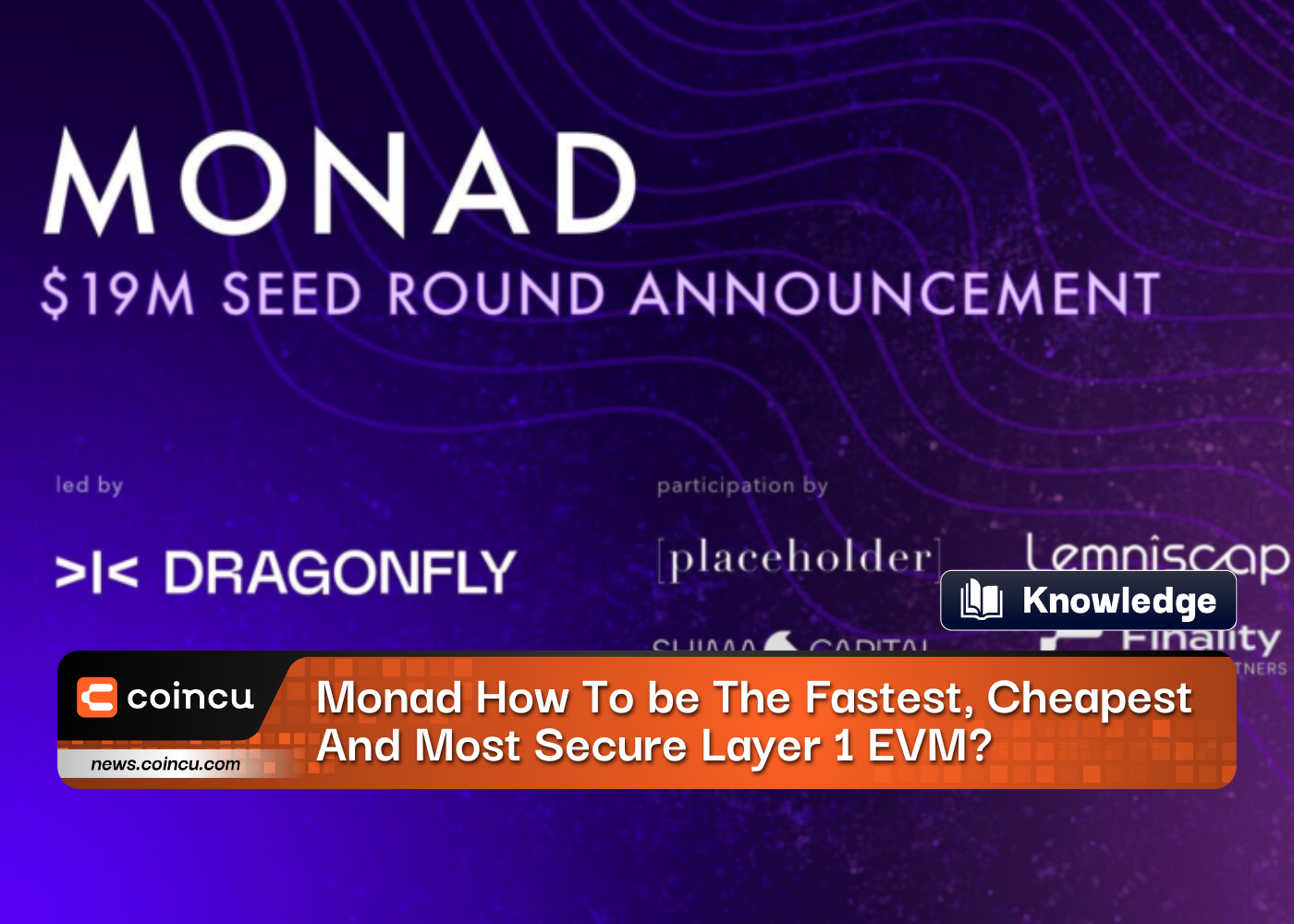
Ultra-Fast Finality: Thanks to MonadBFT’s optimized consensus, transactions on Monad reach 1-second block finality. This means users experience near-instant confirmations, making dApps more responsive and suitable for real-time applications like gaming and DeFi trading.
-
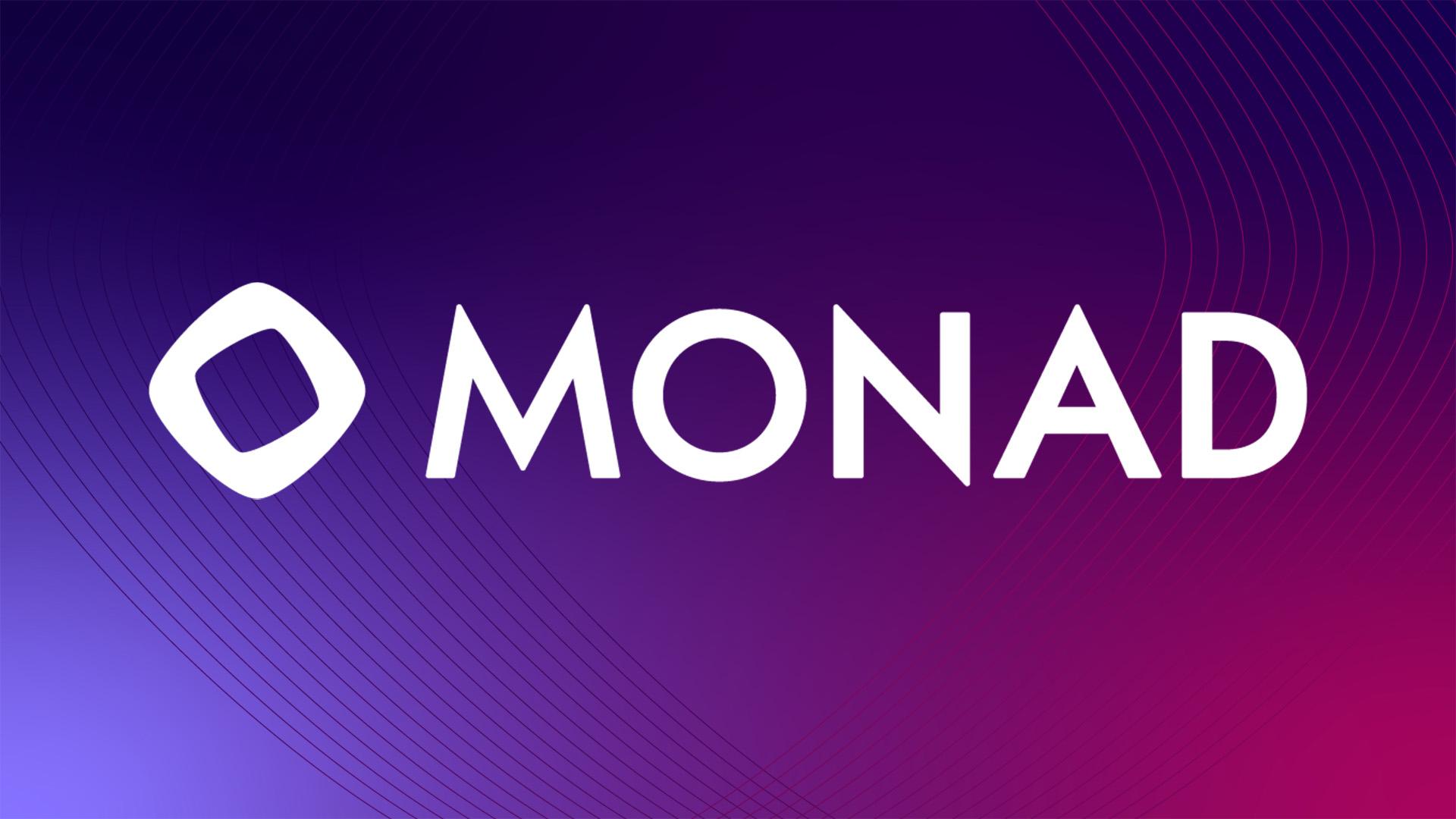
Lower Transaction Fees: The efficiency of parallel execution and MonadDB’s fast storage reduces network congestion and operational costs. This translates to consistently low fees for users, even during periods of high demand.
-
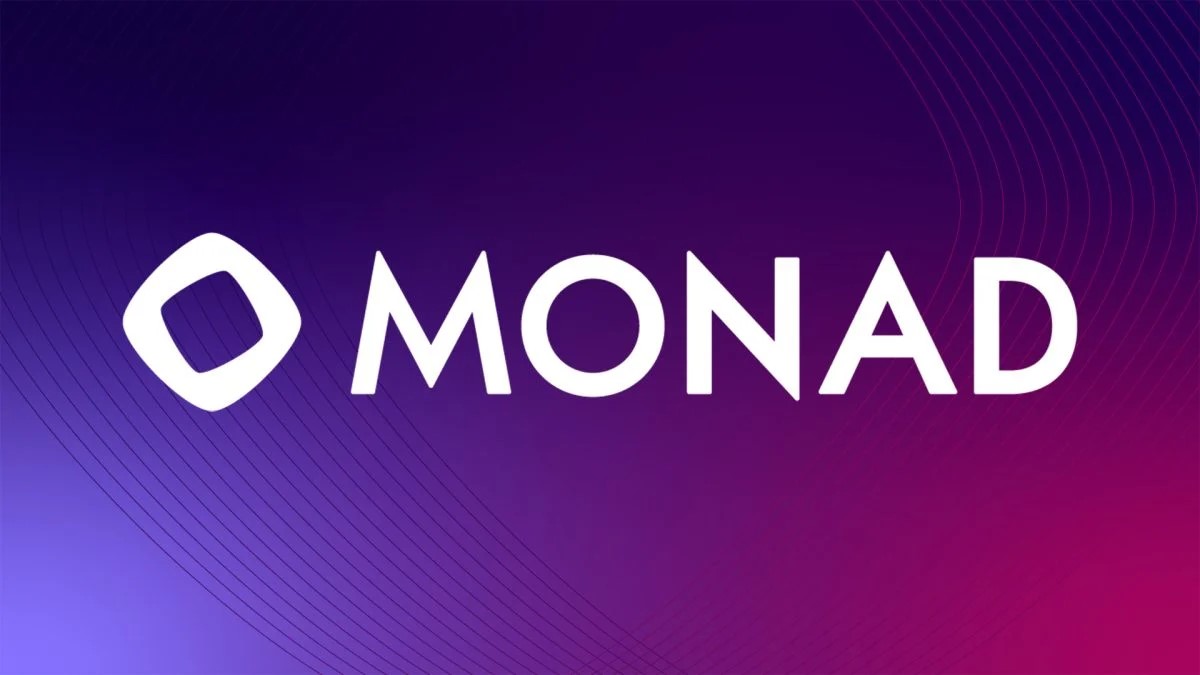
Seamless EVM Compatibility: Monad supports existing EVM bytecode and Ethereum RPC APIs, letting developers migrate or deploy dApps without rewriting code. This ensures easy adoption and access to a robust developer ecosystem.
-
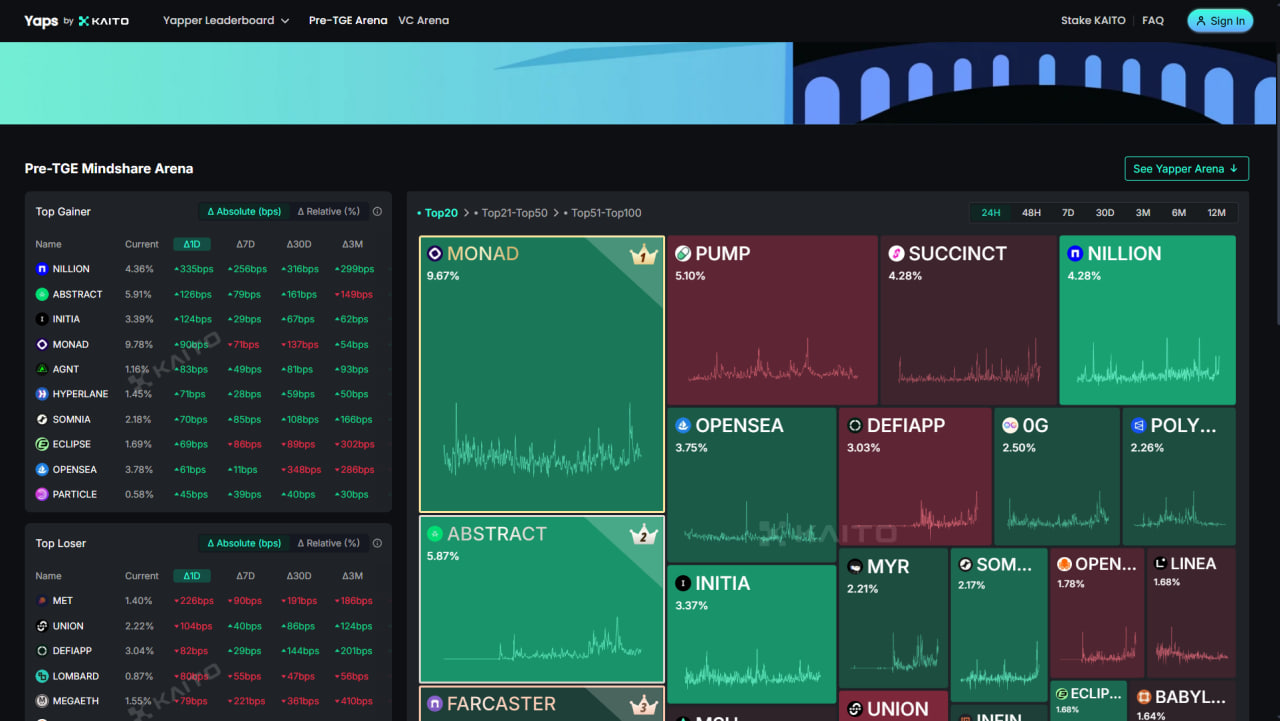
Enhanced User Experience: With higher throughput, faster confirmations, and lower fees, dApps on Monad can offer smoother, more reliable user interactions, supporting complex use cases like on-chain gaming, social platforms, and high-frequency trading.
-
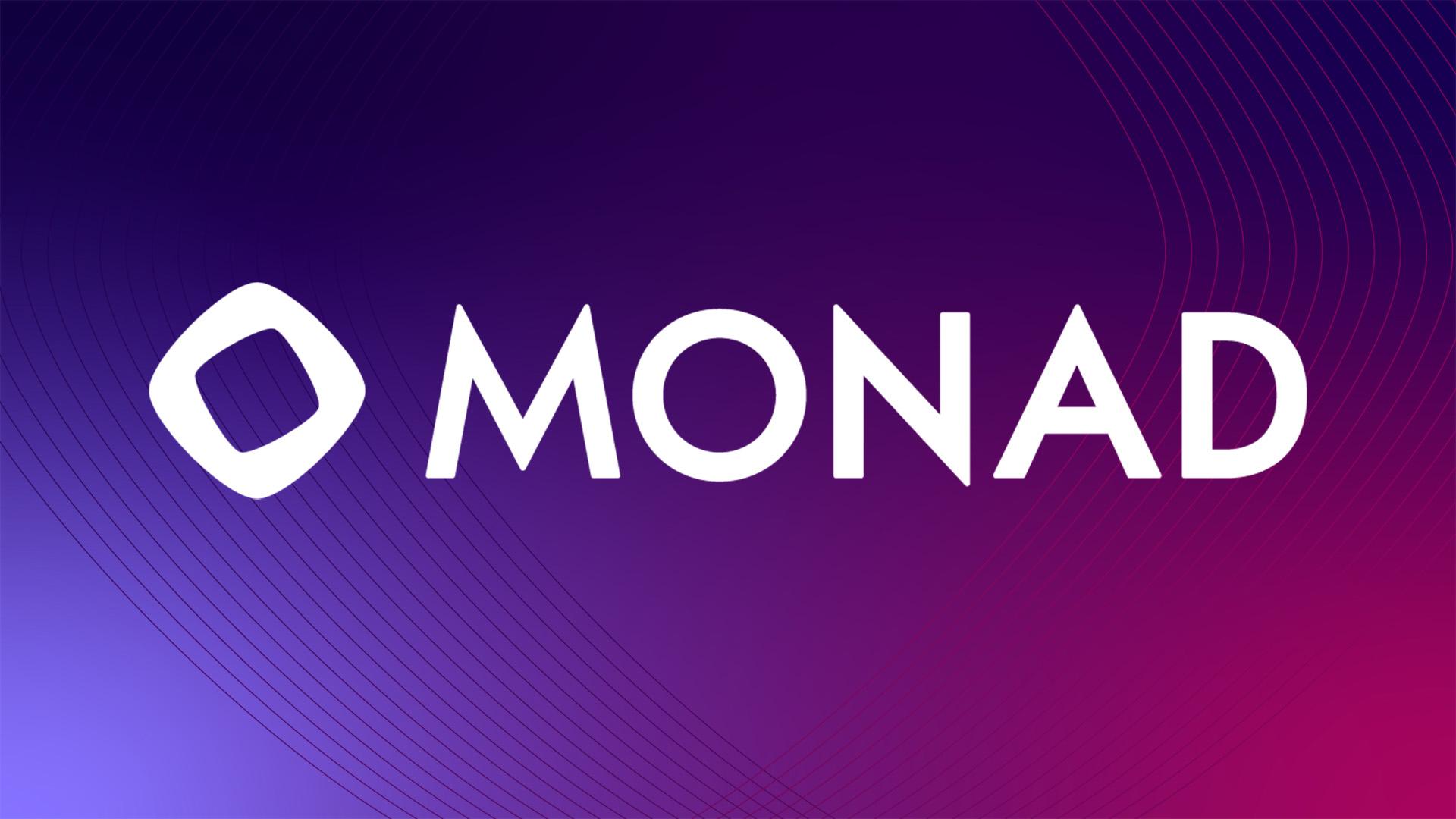
Improved Scalability Without Sacrificing Security: Monad’s parallel execution and consensus innovations allow dApps to scale to millions of users while maintaining decentralization and production-grade security.
- Consistent Low Fees: With up to 10,000 TPS and efficient state management, network congestion is virtually eliminated, keeping transaction costs predictable even during peak activity.
- Instant User Feedback: One-second finality means users see results fast. This is a game-changer for UX in gaming, DeFi, and NFT platforms.
- Scalable On-Chain Logic: Developers can build richer applications with complex logic, knowing the backend will keep up without bottlenecks.
- No Security Trade-Offs: MonadBFT ensures robust decentralization and production-grade security alongside performance gains.
The combination of parallel execution and deferred consensus fundamentally changes what’s possible on-chain. As one developer recently shared:
Scaling Without Sacrifice: The Future of High-Performance EVM Chains
The blockchain ecosystem has long been forced to choose between speed and decentralization. Monad’s approach, optimistic parallel execution with intelligent conflict resolution, delivers both. By maintaining full Ethereum compatibility while shattering throughput ceilings, Monad sets a new standard for what Layer 1s can achieve.
If you’re building a next-generation dApp or looking to migrate from legacy chains struggling with congestion and cost, it’s time to consider what true EVM parallelization can do for you. Explore the technical documentation and performance benchmarks available at Monad’s official blog, or dive deeper into how optimistic parallel execution works under the hood at Monad Labs.
Key Takeaways for Builders
- No more sequential bottlenecks: Parallel transaction processing unlocks massive scalability for all types of decentralized apps.
- Seamless Ethereum migration: Full bytecode and RPC compatibility mean quick onboarding for existing projects.
- User-first performance: Sub-second block times deliver an experience that rivals traditional web apps, without sacrificing decentralization or security.
The future of high-performance EVM chains is already here, and it’s built on parallelization. Whether you’re a developer seeking scale or an enterprise eyeing blockchain transformation, Monad offers a new foundation where speed meets security at unprecedented scale.
